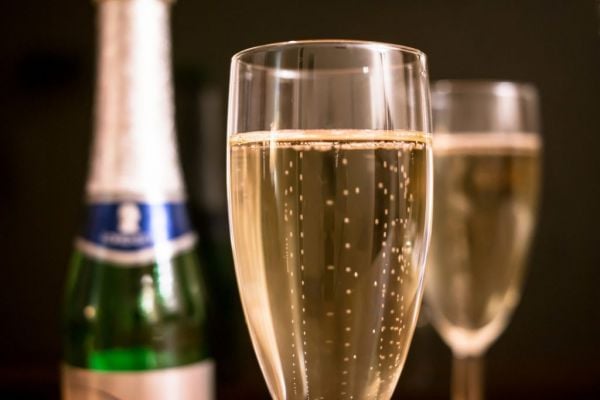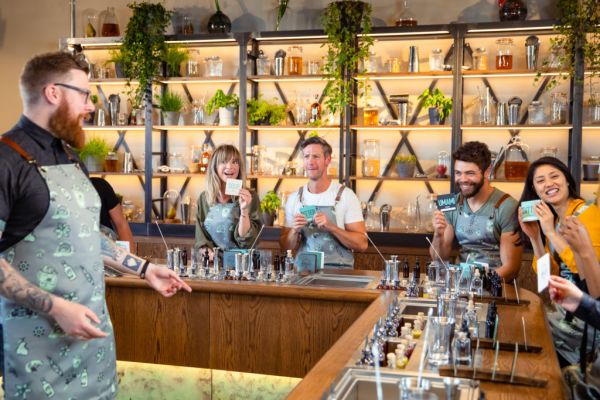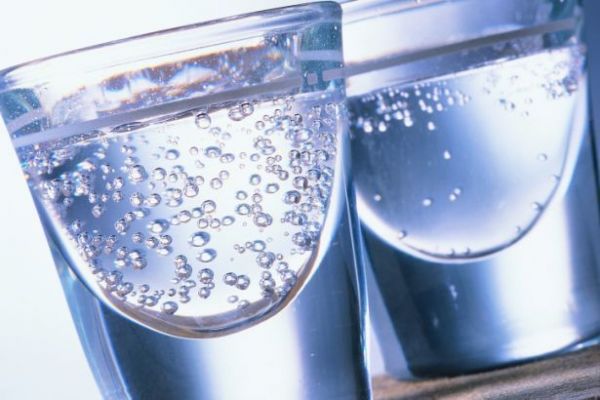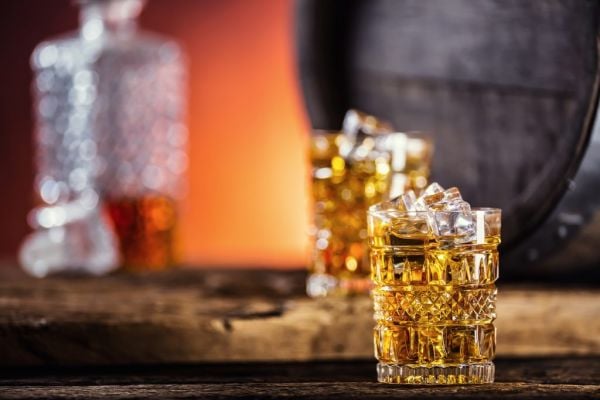High-alcohol wines get a bad rap—sometimes deservedly so, since not all grapes maintain flavor quality when they are allowed to ripen for the length of time required to build up enough sugar to end up boozy in the bottle.
Pinot noir, for example, tends to become soft and almost sweet-tasting at higher levels, and many wines all start to taste the same when that much alcohol and richness take over. A high-alcohol wine is generally defined as 14 percent, which is reflected in tax law—anything above that raises the excise tax on wine.
Though there’s nothing wrong with stronger wines, at least in principle, restaurant sommeliers today are most likely to recommend low-alcohol wines from the list, a move that parallels the trend of lighter cuisine, said Cheron Cowan, wine director at Harold’s Meat + Three, a Southern cooking destination that Harold Moore is opening in lower Manhattan. “I think people often equate bigger alcohol wines with being out of balance,” she says. “But if the structure is there and it is made well, it can work well with heartier foods.”
A number of classic regions make wines that don’t lose their identity at those higher alcohol levels, however. “There are traditional styles of wine that over the course of time have withstood the vagaries of fashion to become classics,” said James Tidwell, co-founder of TexSom, the influential sommelier conference. “Examples include the fortified wines port, sherry, and Madeira, plus Amarone della Valpolicella. All respect a style and place which gives them an authenticity and pedigree that deserve respect and attention.”
Here, then, are strong wines that still make the cut—sanctuaries for winedrinkers everywhere who want something that packs a punch.
Amarone della ValpolicellaBottle to Buy: Vaona Odine Pegrandi Riserva 2007 ($125)
Valpolicella is a lightweight wine, often only 12 percent alcohol, but take those grapes, age them on racks so they raisinate, and then vinify them, and you’ve got a 16 percent, big-boned beauty. The 2007 Vaona Odino Pegrandi Riserva shows how those dried-fruit aromas come through. Since the flavor components and acids are all concentrated by drying, too, the wine is rich, but still well-balanced.
Chateauneuf-du-Pape
Bottle to Buy: Domaine du Banneret 2013 ($60)
Of all the French wine appellations, Chateauneuf-du-Pape requires the highest minimum alcohol, 12.5 percent, and most wines far exceed that—14.5 percent to 16 percent is more typical. The 13 grapes permitted in Chateauneuf, including grenache most especially, but also syrah and mourvedre, provide intensity of flavor to match that ripeness. Domaine du Banneret is a small estate that co-plants those varieties and ferments them together—rather than blending them after fermentation—in its 2013, creating a complex wine with a mix of red fruit and floral aromas, along with hints of wild herbs.
Priorat
Bottle to Buy: Vall Llach 2008 ($90)
Priorat also comes by its high alcohol content “honestly,” rather than by winemaking technique; old vines of garnacha and Cariñena, which provide few grapes but ones with intense flavors, dominate this mountainous region in northeast Spain. Vall Llach was one of the earlier producers that helped rediscover this region in the 1990s; at, 15 percent alcohol, its 2008 is big but concentrated, with licorice and floral aromas, plus notes of smoke and leather.
Port
Bottle to Buy: Quinta do Noval 2011 ($90)
Port, sherry, and Madeira all receive an addition of distilled alcohol during the winemaking process; of the three, port, particularly vintage port such as the Quinta do Noval 2011, is the most likely to appeal to the red wine drinker. That alcohol is added during fermentation, raising the total alcohol content to 19 percent to 20 percent, which kills the yeasts and leaves the wine sweet. Rich, with dark and dried fruit aromas, vintage port is best enjoyed with some age on it; the 2011 is good to drink now but will become more complex over the next 20 years or longer.
Sherry
Bottle to Buy: Fernando Castlla Fino En Rama ($23/375ml)
Fino sherry is the high-alcohol wine that can still taste light and lively. After fermentation is complete, the cellar master fortifies the wine up to 15 percent alcohol, and as it ages, leaves some headspace in the barrel where flor, a type of yeast, develops and eats away the glycerols and other components that add body to the wine. “En rama” finos are unfiltered, heightening the sherry’s intensity; the Castilla is razor-crisp and dry, with salty, citrus, and floral aromas.
Madeira
Bottle to Buy: D’Oliveiras Verdelho Madeira 1986 ($120)
From the Atlantic island of the same name, Madeira was initially fortified to about 20 percent alcohol by volume to help it survive long, tropical sea voyages. (Wines with higher alcohol content are more stable.) The tropical heat became part of the Madeira process, creating nutty, dried-fruit aromas in the wine without spoiling it. Of the five most common grape varieties in Madeira, verdelho yields the driest wines, and the D’Oliveiras Verdelho 1986 shows how well Madeira can age with its almond, citrus-zest, and spicy aromas.
News by Bloomberg, edited by Hospitality Ireland









